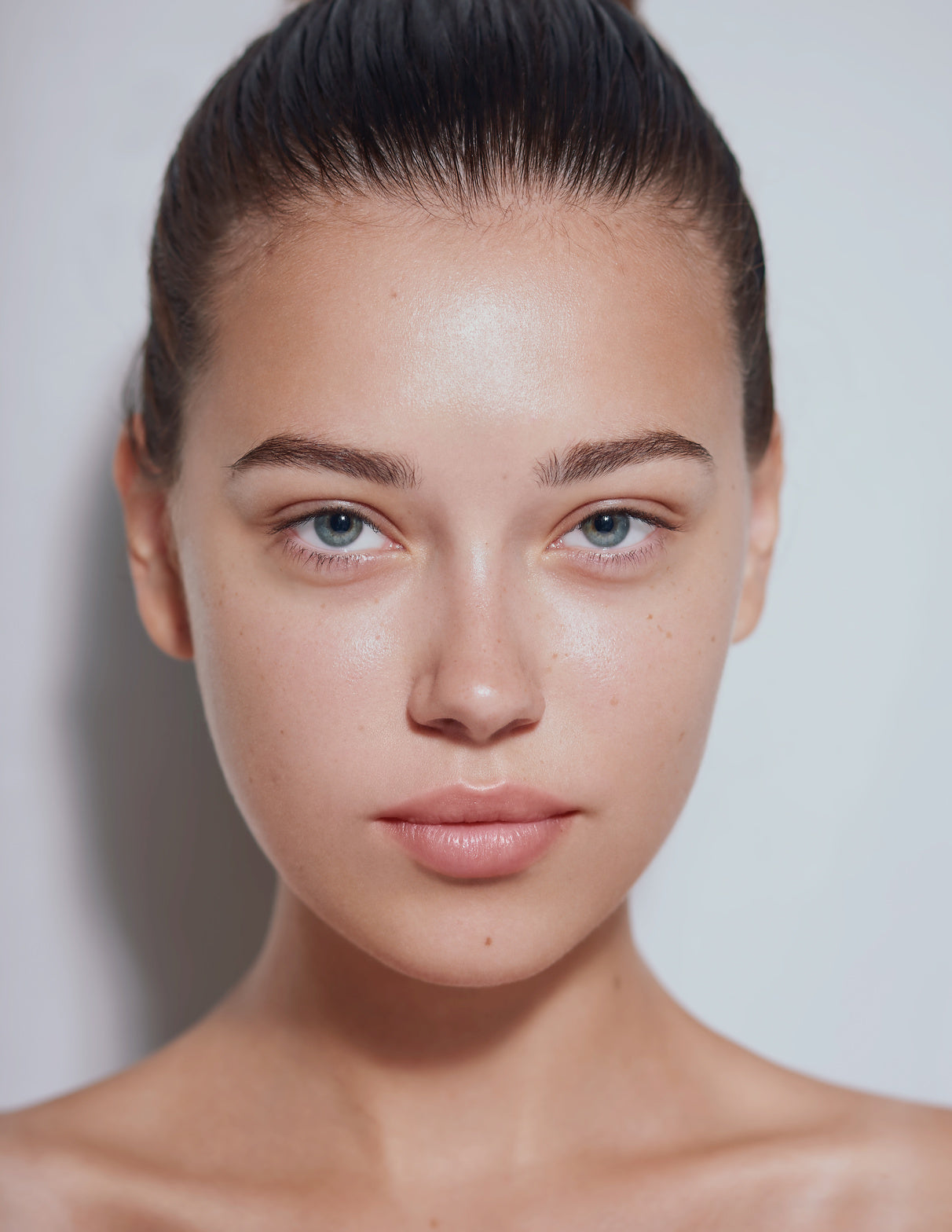LED light therapy has gained significant popularity in recent years as a non-invasive skincare treatment with a broad range of benefits. From reducing the appearance of wrinkles to combating acne, this therapy is praised for its effectiveness and convenience. But what does the science actually say about LED light therapy? In this article, we'll explore the scientific research behind this treatment and what makes it a promising option for various skin concerns.
Understanding LED light therapy
LED (light-emitting diode) light therapy involves exposing the skin to different wavelengths of light to trigger specific biological processes. Unlike other forms of light therapy, LED light therapy does not contain ultraviolet rays, making it a safer option for regular use. The most common types of LED light used in therapy are red, blue, and near-infrared light, each offering unique benefits for the skin.
Red Light Therapy: The Anti-Aging Champion
Red light therapy is often hailed as the go-to treatment for anti-aging. Scientific studies have shown that red light penetrates deep into the skin, where it stimulates fibroblasts to produce more collagen. Collagen is a protein that gives skin its elasticity and firmness, and as we age, our bodies produce less of it.
A 2014 study published in *Photomedicine and Laser Surgery* found that participants who underwent red light therapy saw significant improvements in skin texture, smoothness, and elasticity. The study concluded that red light therapy could effectively reduce fine lines and wrinkles, making it a viable option for those looking to combat the signs of aging without invasive procedures.
Blue Light Therapy: A Weapon Against Acne
Blue light therapy is primarily used to treat acne. This type of light targets the sebaceous (oil) glands, making them less active, and kills *Propionibacterium acnes*, the bacteria responsible for causing acne.
A 2016 review published in the *Journal of Clinical and Aesthetic Dermatology* evaluated the effectiveness of blue light therapy for acne treatment. The review concluded that blue light therapy significantly reduced the number of acne lesions in most patients. Additionally, it was noted to be a safe and well-tolerated treatment with minimal side effects.
Near-Infrared Light Therapy: Healing and Pain Relief
Near-infrared (NIR) light therapy is less common in skincare but is frequently used for its healing properties. NIR light penetrates even deeper than red light, reaching muscles and joints to promote healing and reduce pain.
A study published in the *Journal of Photochemistry and Photobiology B: Biology* in 2017 found that near-infrared light therapy enhanced wound healing by increasing the production of growth factors and reducing inflammation. These findings suggest that NIR light therapy could be beneficial not just for cosmetic purposes but also for medical conditions that require tissue repair and pain management.
Combined Light Therapies: Synergistic Effects
The Lumière LED Face Mask exemplifies the cutting-edge approach to LED light therapy by offering a variety of colour-combined treatments, such as blue and red or green and blue, each designed to target specific skin concerns. Most importantly, these treatments are enhanced by the integration of near-infrared wavelengths, which work synergistically with the other colors to maximize skin rejuvenation and healing. Whether you're using the mask for anti-aging, acne reduction, or overall skin health, the combination of different LED colors with near-infrared light ensures a comprehensive and effective skincare experience, delivering optimal results for
A 2018 study in the *Dermatologic Surgery* journal explored the effects of combined red and blue light therapy on skin rejuvenation and acne treatment. The study found that using both wavelengths together resulted in improved skin texture, reduced acne, and enhanced overall skin health compared to using either wavelength alone.
Lumière LED Face Mask: A Comprehensive Solution
The Lumière LED Face Mask exemplifies the latest advancements in LED light therapy, integrating multiple wavelengths to provide a comprehensive skincare solution. Designed with red, blue, and near-infrared lights, this mask addresses a variety of skin concerns from aging to acne, all in one device. The Lumière mask leverages the scientific principles discussed above, offering users an accessible and effective way to harness the benefits of LED light therapy at home. Its ergonomic design ensures that the light reaches all areas of the face evenly, maximising the therapy's impact. As a result, users can experience smoother, clearer, and more youthful-looking skin with regular use.
The Safety and Efficacy of LED Light Therapy
One of the reasons LED light therapy has become so popular is its safety profile. Unlike more invasive treatments, LED therapy is non-thermal and non-ablative, meaning it doesn't damage the skin's surface. Side effects are rare and usually mild, such as temporary redness or dryness. However, it's important to use LED devices as directed, as overuse can potentially cause skin irritation.
Most studies agree that LED light therapy is effective when used consistently over time. While it may not provide the instant results of some cosmetic procedures, its cumulative effects make it a valuable addition to any skincare routine. Moreover, because it is non-invasive, it can be used as an adjunct to other treatments, enhancing overall outcomes.
The Promise of LED Light Therapy
The scientific evidence supporting LED light therapy is robust, with numerous studies demonstrating its effectiveness for a variety of skin concerns. Whether you're looking to reduce the appearance of fine lines, clear up acne, or promote healing, LED light therapy offers a versatile and scientifically-backed solution. Devices like the Lumière LED Face Mask make it easier than ever to incorporate this technology into your daily skincare routine, promising noticeable improvements with consistent use. As research continues, we can expect to see even more applications for this promising technology, making it a staple in both cosmetic and therapeutic skincare regimens.




